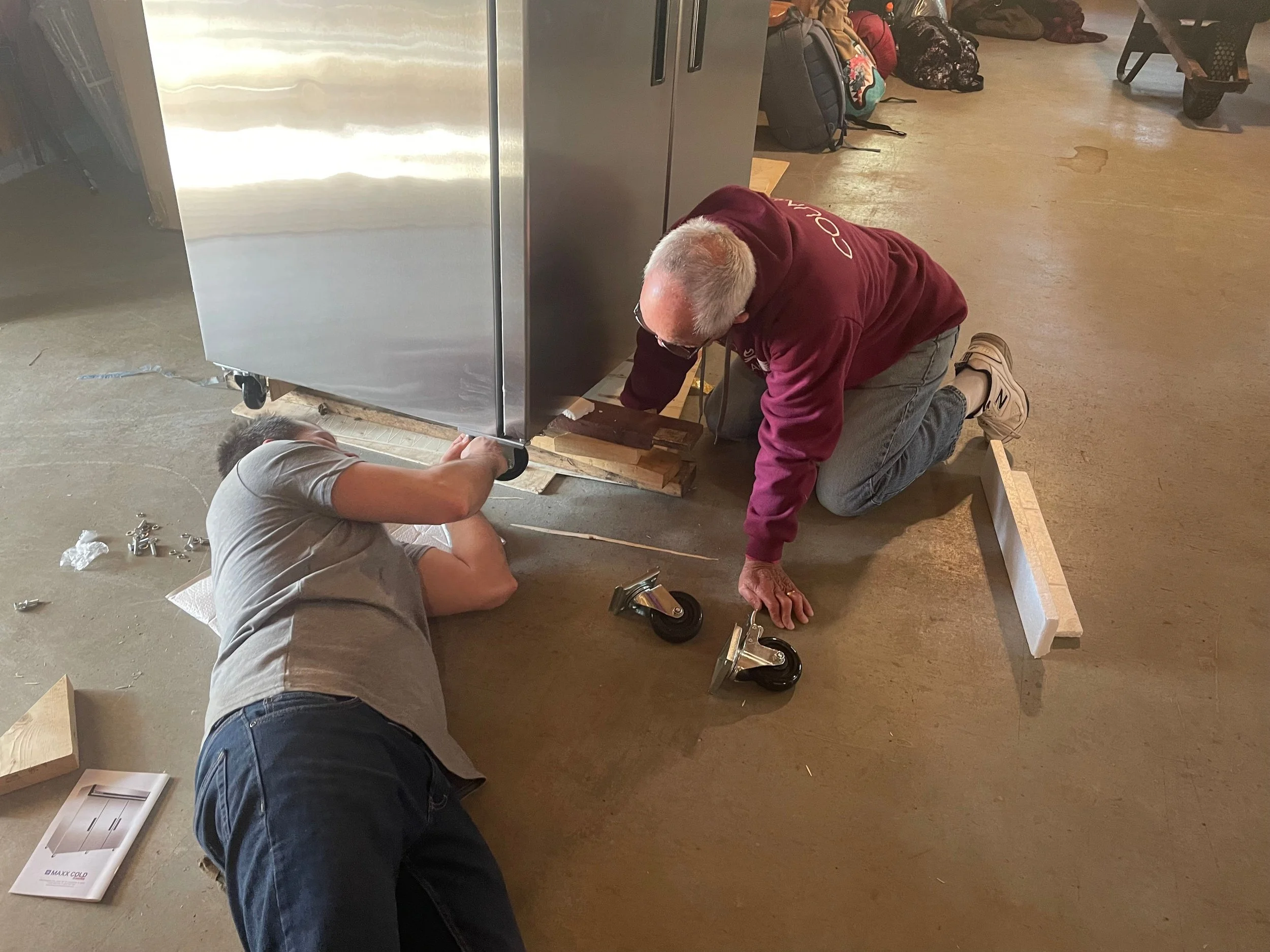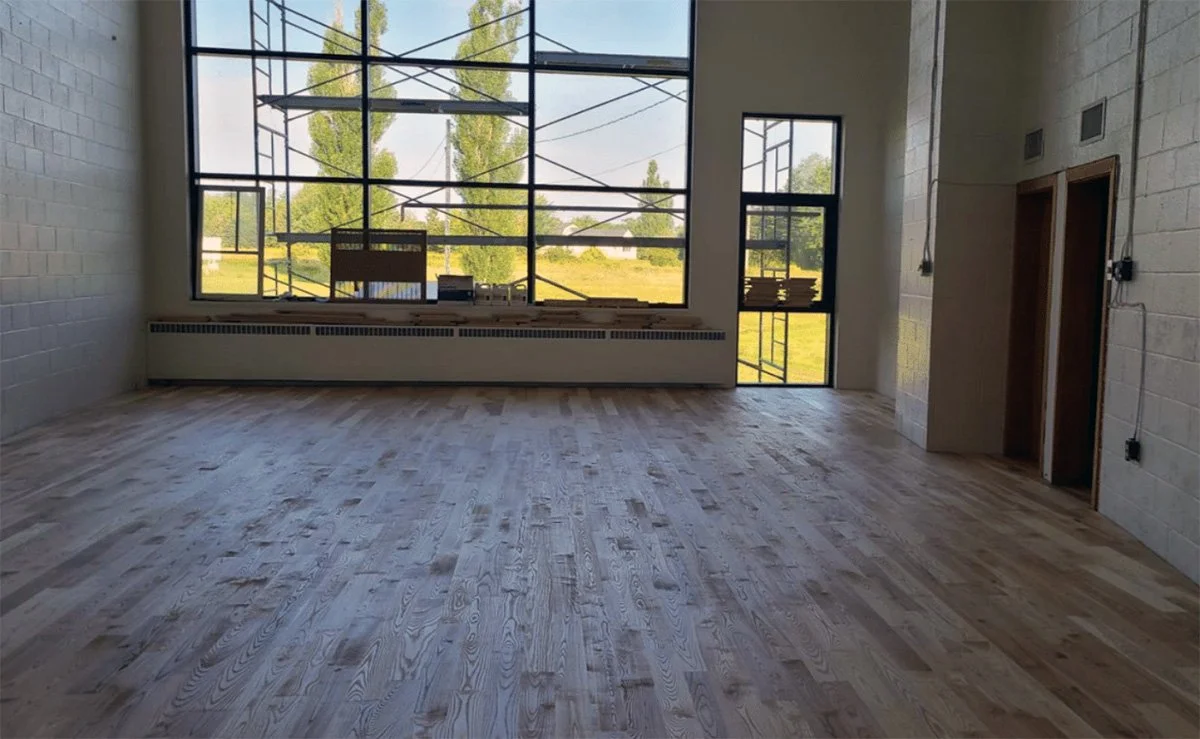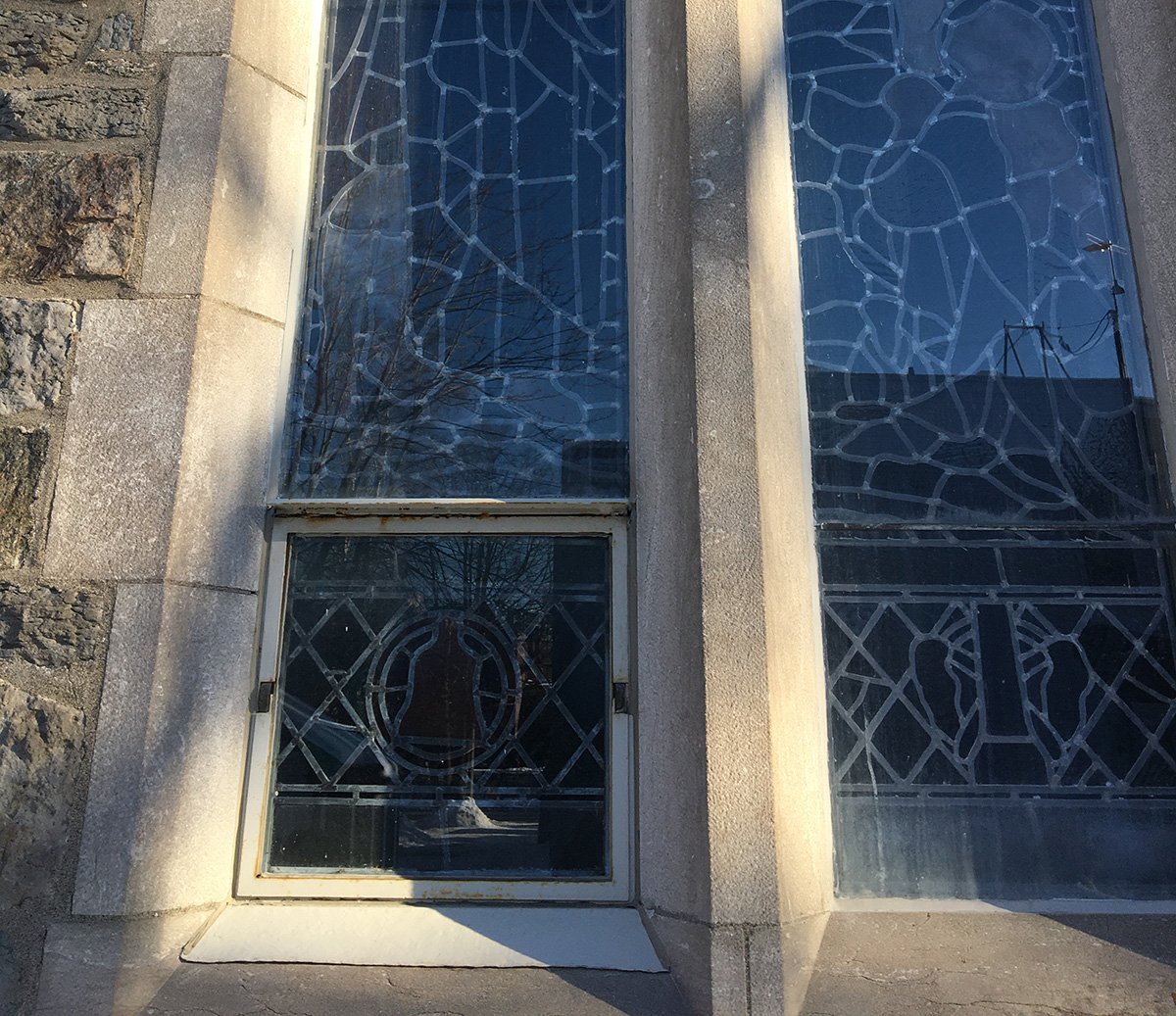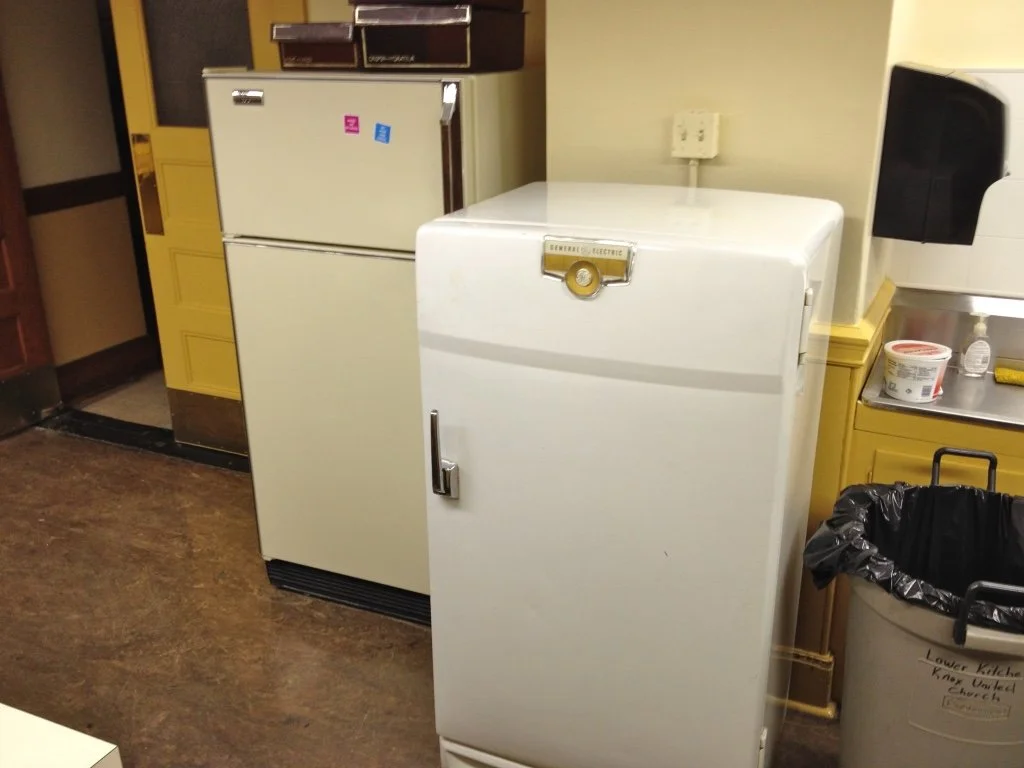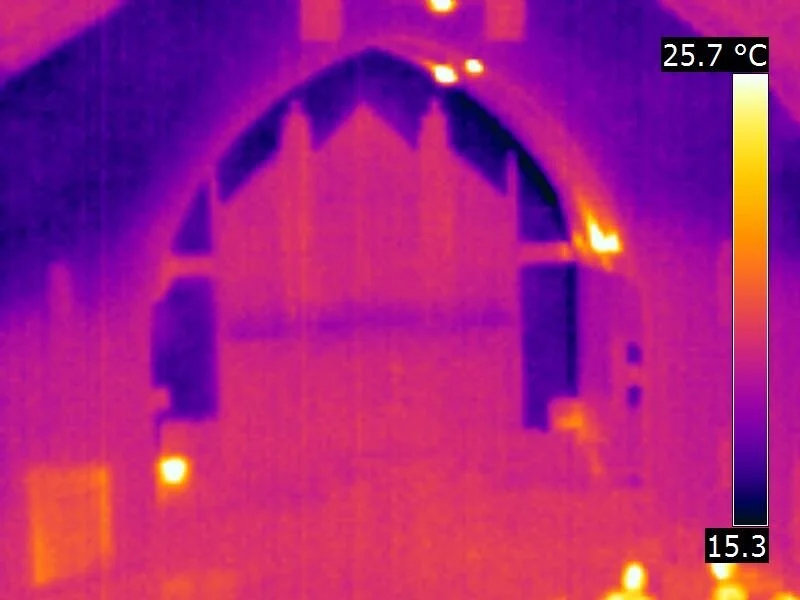With a belief that God calls us to make a positive difference in the lives of others and in the world, Westworth United Church strives to be “the hands and feet of Christ within Westworth and beyond”. Living with respect for Creation, Westworth United took on two energy retrofit projects to green their sacred space.
Future Ready: Sandy-Saulteaux Spiritual Centre retrofits with Faithful Footprints Grant
The Sandy-Saulteaux Spiritual Centre is an accredited theological college located one mile east of Beausejour, Manitoba that offers cross-cultural learning and Indigenous ministry training, as well as a peaceful place on the land for retreats, meetings and gatherings. Its vision is to create a place where First Nations, Métis, Inuit, and Christian spiritual beliefs are respected, shared, and understood.
Newo: An Extraordinary Organization with a Vision to Serve Community and Planet
An abundance mindset (you choose your own wage?!). Founded on a vision of sharing harmonious relationships with all Earth’s kin. Committed to decolonizing all levels of engagement and conducting business. Alberta-based, non-profit social enterprise, Newo.energy is all this and more.
How the Power of Perseverance Sustained the Tatamagouche Centre Rebuild Project
Topsail United’s Retrofit Project: A Supportive Team is the key to Success
Without the right tools, resources and team in place, renovating and updating a faith community building can seem difficult and overwhelming. In the case of Topsail United Church in Conception Bay South, Newfoundland, a supportive church community was key to the success of the church’s first efforts at greening its building and reducing their energy footprint.
Extreme Weather Neighbourhood Resilience and Your Energy-Efficient Faith Building
Wondering what energy efficiency has to do with emergency preparedness? Not knowing what our energy needs are makes it more challenging to manage or provide services. Depending on the service you would like to provide at times of extreme weather crisis, there are different building and energy systems to consider.
Retrofitting to Serve Community Better - Camp Scugog’s Journey to a Four-Season Building
Camp Scugog is one of the oldest camps in Canada. Its buildings were not designed for all weather use. Camp staff knew that in order to maximize the use of the property, and expand capacity for winter operations, a building retrofit that involved installing a heating and cooling system to their property’s main facility was not only critical but necessary.
Cooling Older Buildings Cheaply
Hot and humid air is miserable for human comfort–deadly, even. That’s why, with summer upon us, Canadians are all looking at ways to beat the heat and stay cool within our buildings. Before chasing the newest technology (provided you can even afford it) it is worth considering the unique ways that some buildings can cool naturally, as well as quick and easy ways to keep the heat out.
Level up the energy efficiency of your building: Control air leakages
We have been trained to think about energy efficiency best practices for buildings in terms of improving insulation. It’s an easy enough concept to understand because we can experience heat loss personally. However, we often overlook other influences that affect energy efficiency, such as air leakage. Learn more you can control air leakage in your faith building.
Creation Care - Our Collective Responsibility to Invest in our Planet
LED Lights – A Bright Idea for Your Faith Building
Our Cultural Heritage and Community Engagement
A Great Team Making Great Decisions - Ralph Connor Memorial United Church
Nestled in a beautiful village at the feet of the Canadian Rockies, Ralph Connor Memorial United Church (RCMUC) in Canmore, Alberta has a 130 year old sanctuary and a 40 year old hall.
RCMUC’s Faithful Footprints story is one of how congregants’ connections and working together as a team led to incredible energy savings and conservation within their church building.
Efficiency – Squeezing Every Bit of Energy Out of What You Have
Your Fridge Might be Keeping the Milk Cold and the Planet Hot
We all love to gather after worship and share food and drink together. It’s at these times that we grow as a community. For this reason alone, a major hub of activity in faith communities (post COVID) is the kitchen. So it is worth taking the time to look at the major energy consumers within this space in order to save some energy and money.
Retrofitting our Sacred Space with Faithful Footprints Funding
Our buildings, our spaces matter. There are, of course, the practicalities of making drafty rooms comfortable and bringing energy and climate costs down. But more than these issues, our spaces house and embody our values. They hold our gatherings, celebrations, prayers and sacred ceremonies and should reflect who we are and what matters to us.
Why a Heat Pump For Your Place of Worship?
For faith communities, replacing a heating system is one of the single largest capital cost expenses (the other one is replacing the roof). Most congregational spaces have either boilers with radiators, or furnaces with ductwork that consume oil, gas or propane. While the typical lifespan may be 25 years for these appliances, I have seen many span decades of service.
Music to My Ears – Pipe Organs and Heat Loss
Fix What We Already Have: Renovate today’s buildings for a carbon-neutral tomorrow
How can rural and isolated faith communities take climate action?
As Canadians, when it comes to actions we can take to protect the climate, we automatically think about energy conservation. We head over to the local hardware store for some caulking, insulation, a new Energy Star window etc., to fix up our buildings that will in turn, help lower maintenance costs, save energy, and save the planet.

